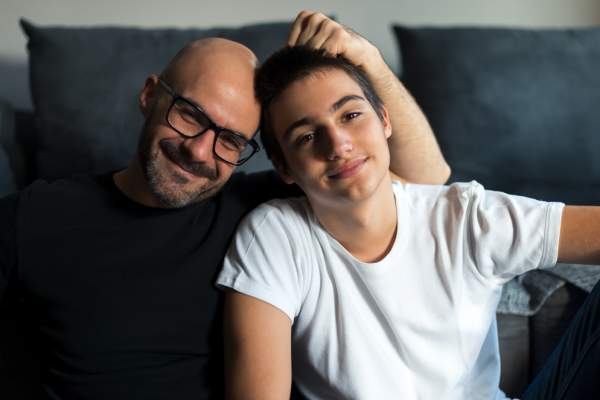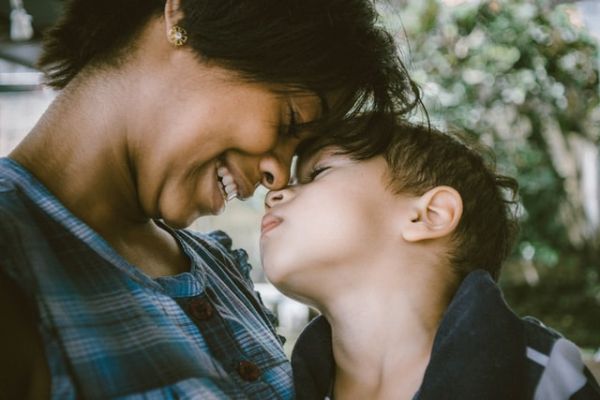How can I help my child with bullying?
Over half of all 12-15 year olds have experienced some form of bullying over the previous 12 months - online or at school.
As a parent, when you notice the first signs of bullying it can be heartbreaking and it’s often hard to know what to do to help. Other times, you may not notice because your child has become good at hiding the signs.
Here are some steps you can take to support your child through this.
Firstly - know what it is
You can usually identify bullying through the following three characteristics: intent, repetition, and power. A bully intends to cause pain, they do it repeatedly, and they do it to gain power or control. Either through physical harm, or more subtly, through hurtful words and passive behaviours.
Then spot the signs fast
Look closely and observe their emotional state too. Remember, lots of children won't be able to express what’s going on with words.
Signs to look out for include:
Physical marks - unexplained bruises or scratches
Fear of going to school or joining school events
Being anxious, nervous or jumpy
Having few friends in school or outside of school
Clothing, electronics or other personal belongings being lost or destroyed
Often asking for money
Low academic performance
Trying to stay near adults
Not sleeping well and having nightmares
Complaining of headaches, stomach aches or other physical pains
Regularly distressed after spending time online
Becomes unusually secretive, especially when it comes to online activities
Being aggressive or having angry outbursts
Know how to respond
If you think that your child is being bullied, here are some things that you can try to help them:
Listen openly and calmly. Focus on making them feel heard and supported, instead of trying to find the cause or solve the problem. Make sure they know that it is not their fault.
Tell them that you believe them. Say that you are glad they told you; that it is not their fault; that you will do your best to find help.
Talk to the teacher or school. No one has to face bullying alone - your child or you. Find out whether their school has a bullying policy or code of conduct then ask for support.
Be a support system. Just knowing that you are there can be one of the most helpful things. Tell them that they can talk to you at any time and reassure them that things will get better.
Think about prevention
Once you’ve done everything you can to address the signs of bullying, it’s good to think about whether you are doing everything possible to prevent it from beginning in the first place.
Teach your children about bullying - talk about the signs together so they can identify it more easily - whether it’s happening to them or someone else.
Talk openly and frequently - the more comfortable they are talking, the more they will share when it’s important. Check in daily, asking about feelings as well as activities.
Help them be a positive role model - remember there are three parties to bullying: the victim, the perpetrator, and the bystander. Even if children are not victims of bullying, they can prevent it by being inclusive, respectful and kind to others.
Be a role model yourself - show them how to treat others with kindness and respect by doing the same to the people around you, make sure to speak up when others are being mistreated.
Get to know their online experience - what platforms does your child use? Explain to your child how the online and the offline world are connected, and warn them about the different risks they’ll face online.










